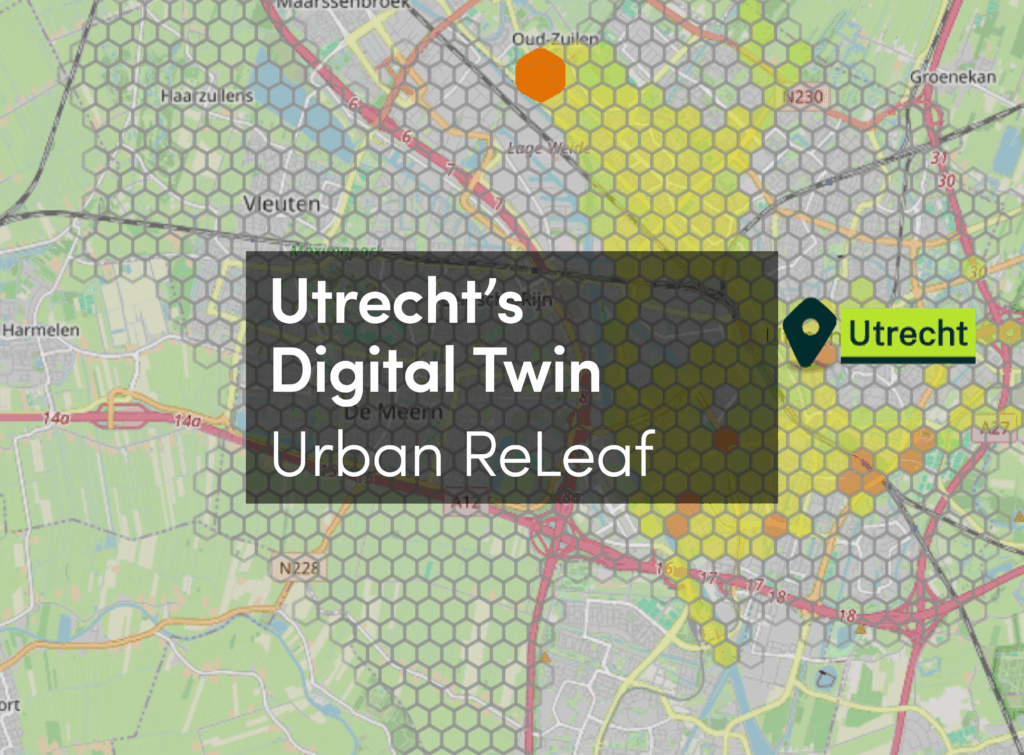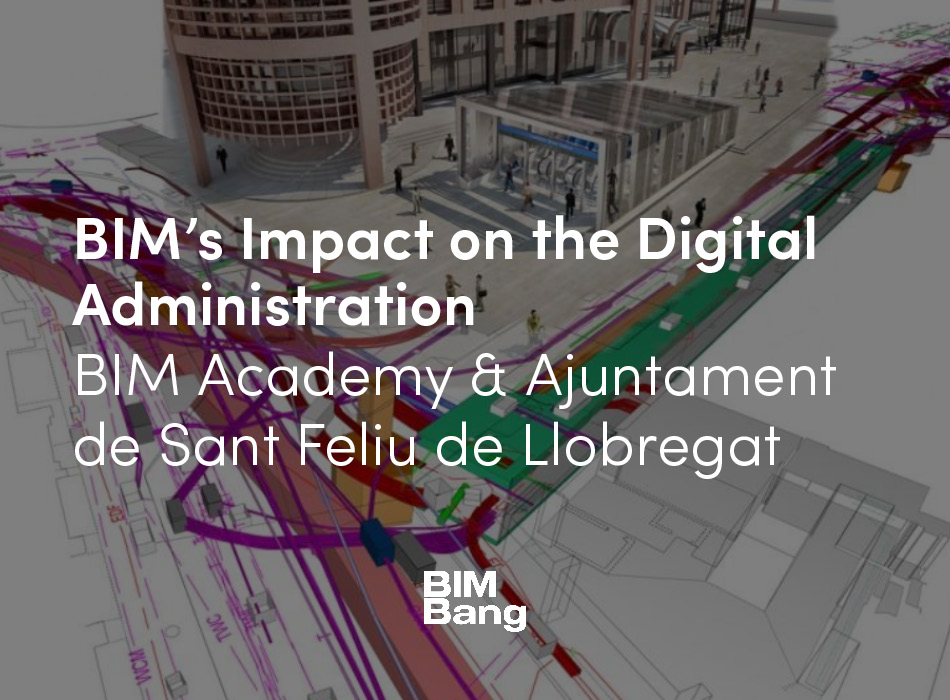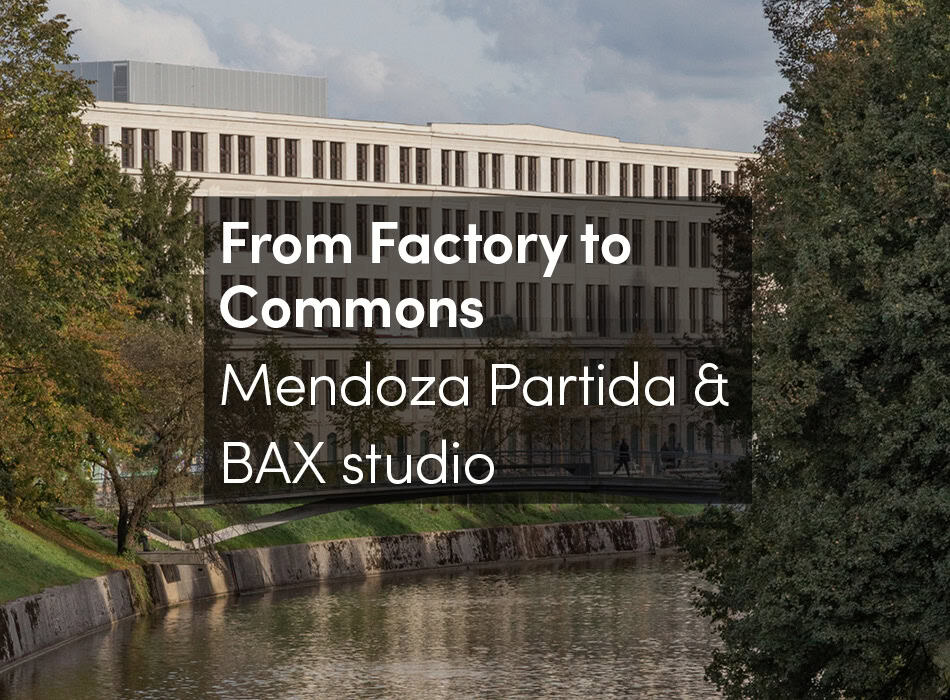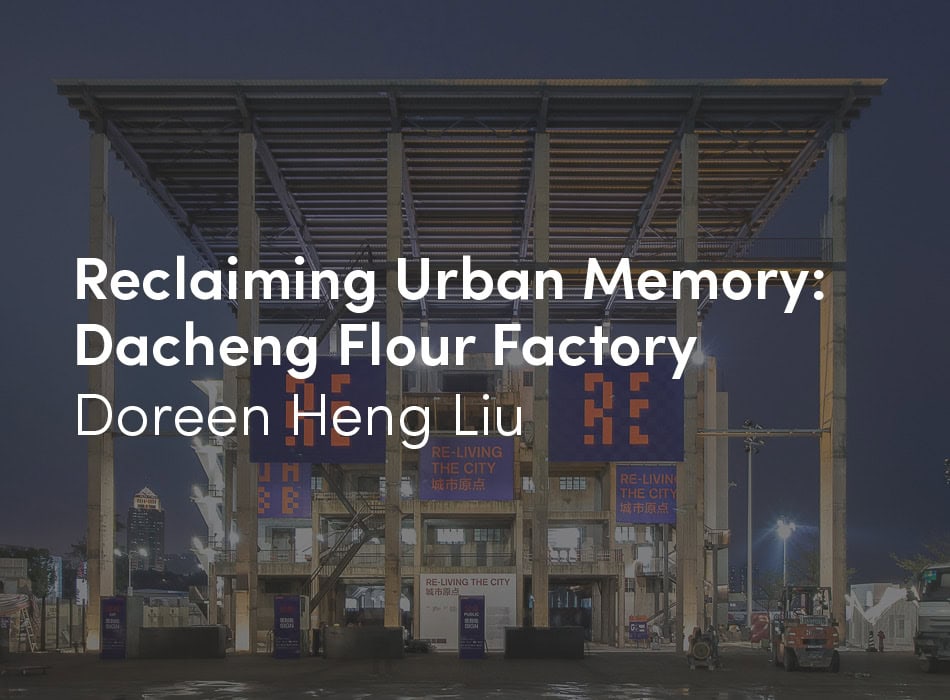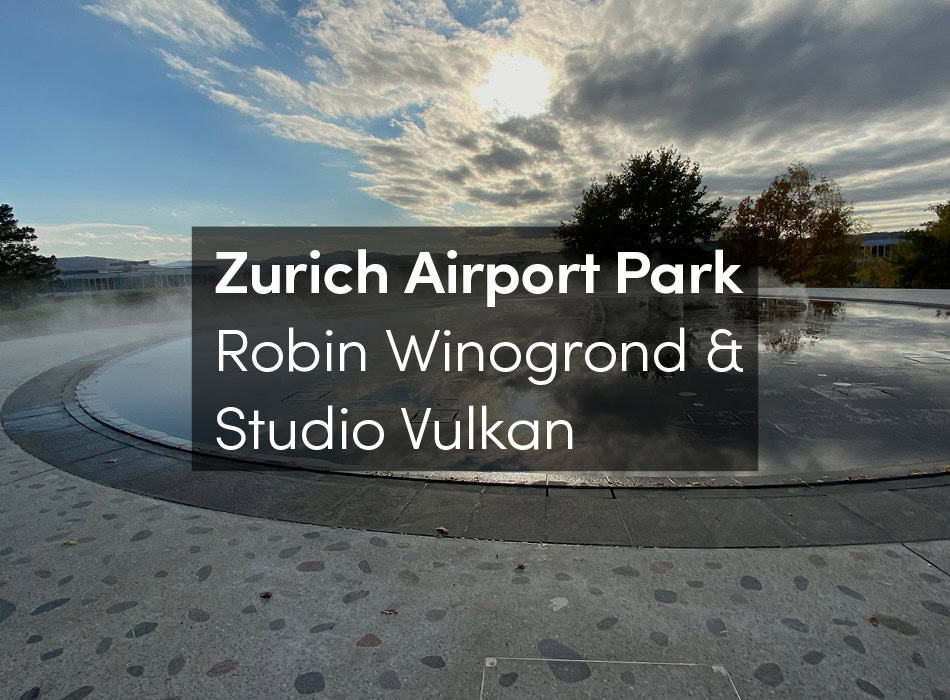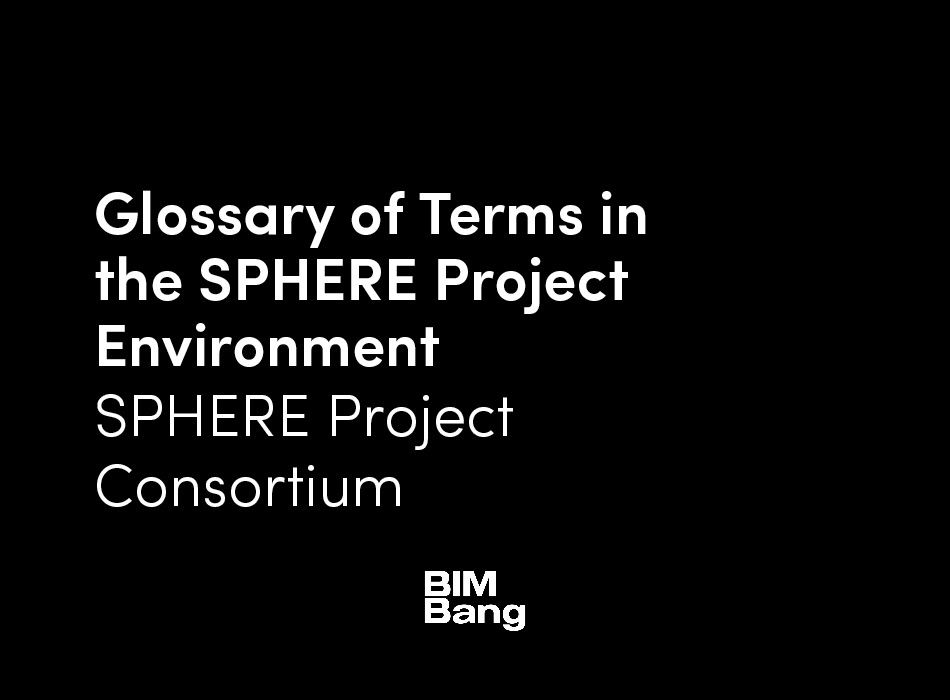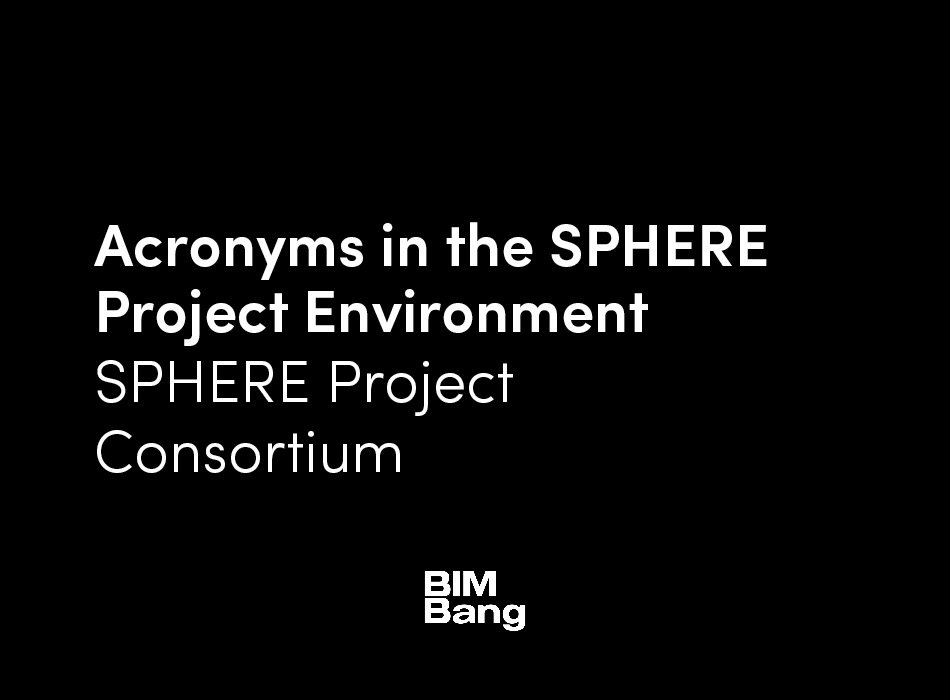Santaishan Forest Park was envisioned as a catalyst to transform an abandoned landscape and enhance surrounding land values in a new urban development district.
To do this, the landscape architect adopted a strategy of creating a patchwork of flower terraces called the Flower Quilt. The project celebrates the vernacular landscape of fields, orchards, forests and water features in the local environment. The design team embraced the gentle topography of the existing terrain to create terraced fields, and transformed them into a colorful, eye-catching patchwork of meadows and productive crops.
A touring route and a network of pedestrian walkways tie the designed and existing landscape elements together, and a skywalk gives visitors an additional, unexpected vantage from which to experience the extensive fields of color. Pavilions and rest shelters are interspersed throughout the landscape and offer opportunities for visitors to pause and reflect. The goal of energizing the suburban district by way of a relatively low-cost landscape strategy has been successfully achieved.
The Flower Quilt is the primary component of the 312-hectare Santaishan Forest Park, located on the outskirts of Suqian City in Jiangsu Province. The existing site was an abandoned hodgepodge of farms and orchards plagued by poor soils and heavy erosion. The municipal government planned to redevelop the surrounding area as the Hubin New District, but for many years the New District remained largely undeveloped despite significant amounts of money having been invested in local infrastructure. All the pieces needed to develop the area into a new city seemed to be in place, but the concept failed to gain any interest from investors. Faced with this, the innovative city mayor decided to try to use the Santaishan Forest Park site as a catalyst to finally develop the new district by turning a local eyesore into an attraction—yet at minimal cost. The landscape architect was commissioned for this challenging task and ultimately developed the strategy of farming to transform the landscape into a flower quilt.
Field making
Drawing on the ancient technique of building farm fields using cut and fill, the rugged site was transformed into a patchwork of terraces that allow the thin soils to retain water and be irrigated, and different types of vegetation can be grown.
Sponges to regulate stormwater
A porous landscape—sponge land—was created by digging a series of ponds, evenly distributed among the terraces, to retain water during the monsoon season and provide a water source for gravity irrigation year round. These ponds also provide habitat for diverse native species.
Productive beauty
The majority of the species growing on the terraces are carefully selected herbaceous flower plants that are both esthetically attractive and productive, such as aromatic plants, medical herbs, cut flowers, or dry flowers that can be harvested, including roses, lavender, marsh-marigold, golden everlasting, tulips and globe amaranth, to name just a few. Others are low-maintenance, self-reproductive species, including quite a number of tall grasses and leguminous plants that need little water or fertilizer.
Integrated into the newly created flower fields, the pre-existing pear orchards have been retained and enriched with ground cover of leguminous plants and meadows, including Chinese violet cress, which blossoms with abundant blue flowers in the spring at the same time as the pear trees, creating a dramatic blue-meets-white effect that attracts hundreds of thousands of visitors each year.
Guided by the ancient wisdom of crop rotation and intercropping, the Flower Quilt is designed as a dynamic collage of colors and textures that blooms continuously through the changing seasons, with the peak period from early April all the way through the end of October.
Celebration
A slow-transportation network, composed of vehicle routes, bike lanes, pedestrian paths, and the skywalk, unfurls through and over the terraces, groves, streams and ponds, ensuring easy accessibility, connectivity, and continuity for visitors. Pavilions and rest shelters are located throughout the landscape to provide places for contemplation as well as to gather for celebrations. The landmark feature is skywalk, which winds over the fields like a flowing river and affords visitors a birds-eye vantage on the Flower Quilt.




















